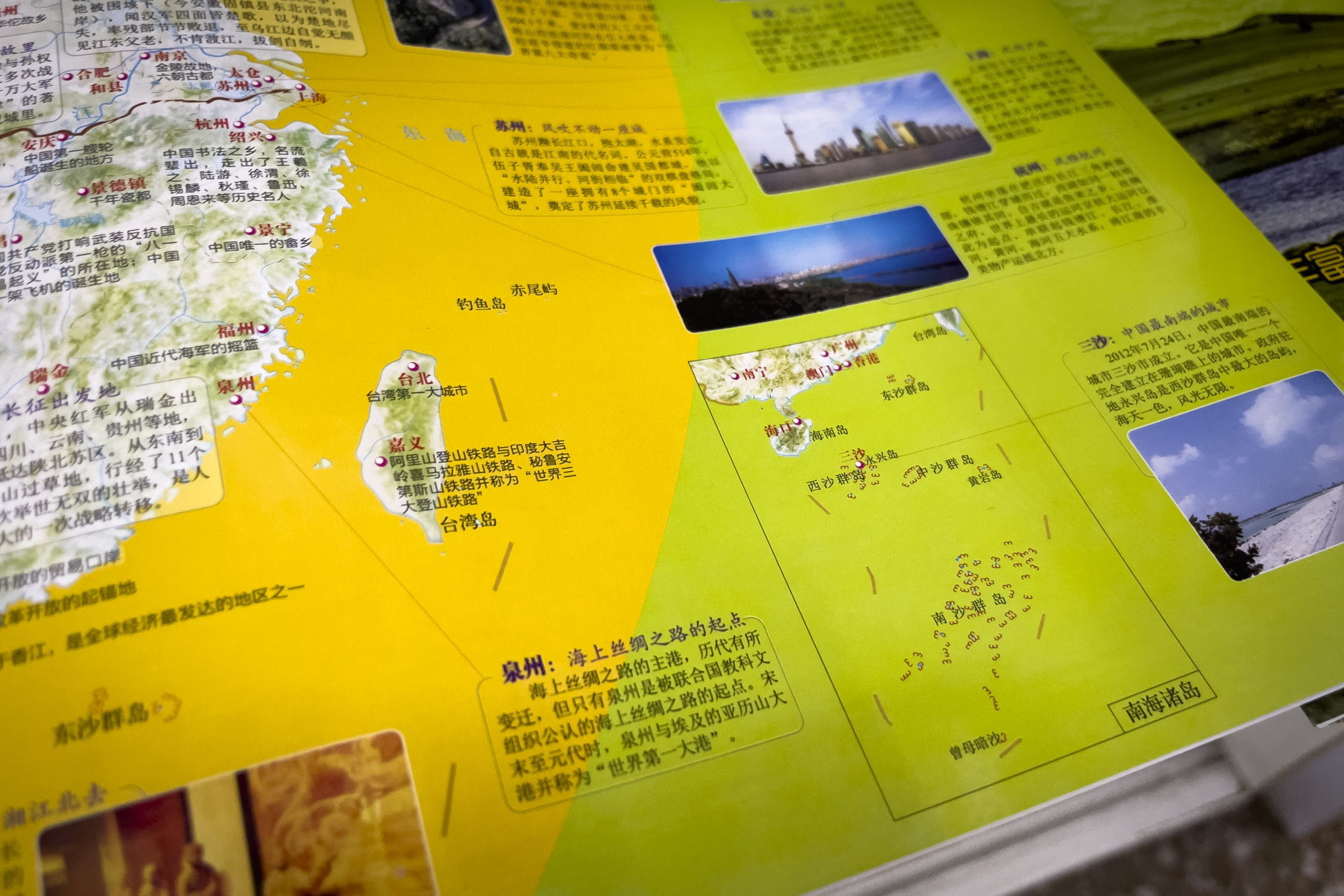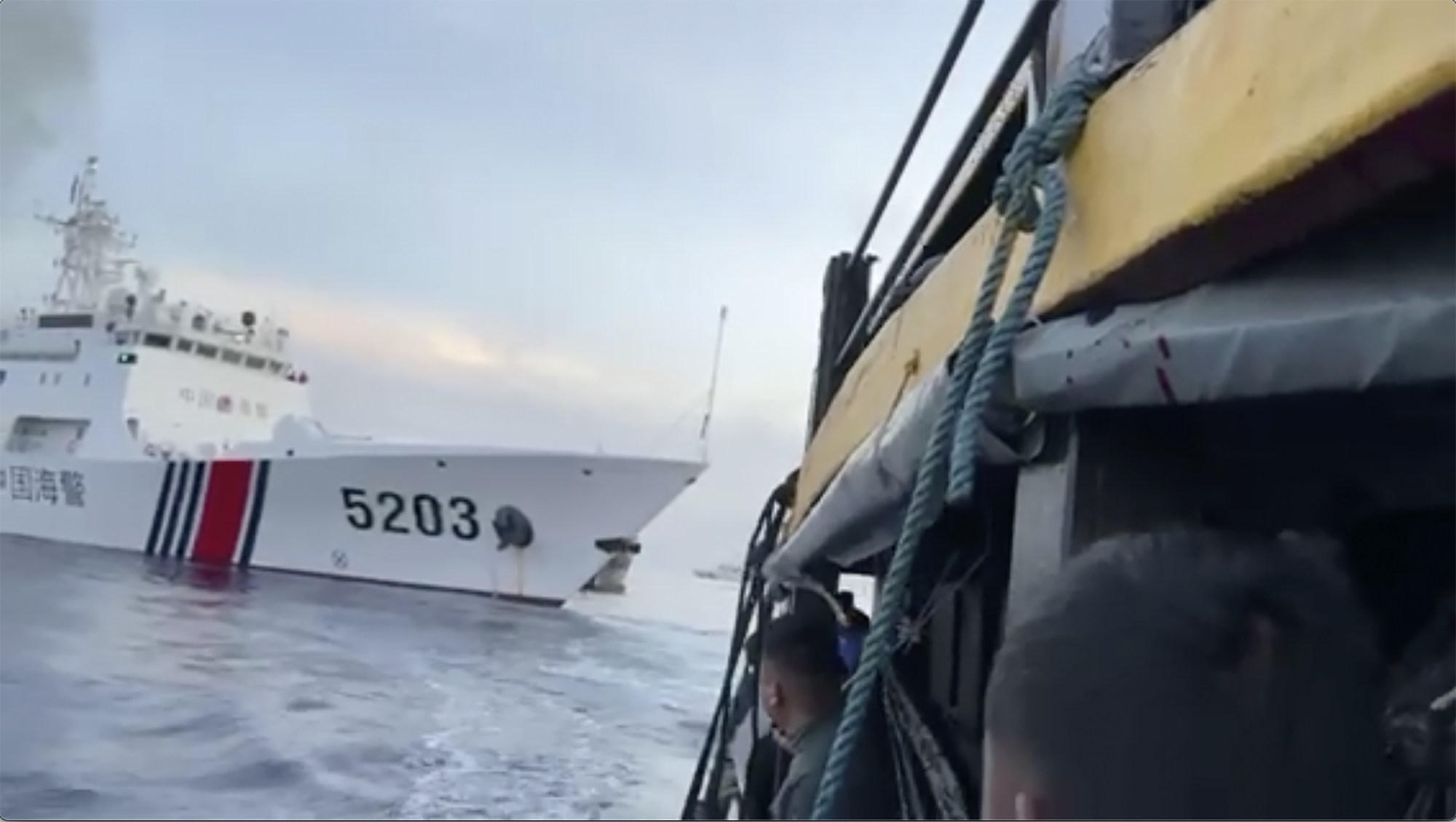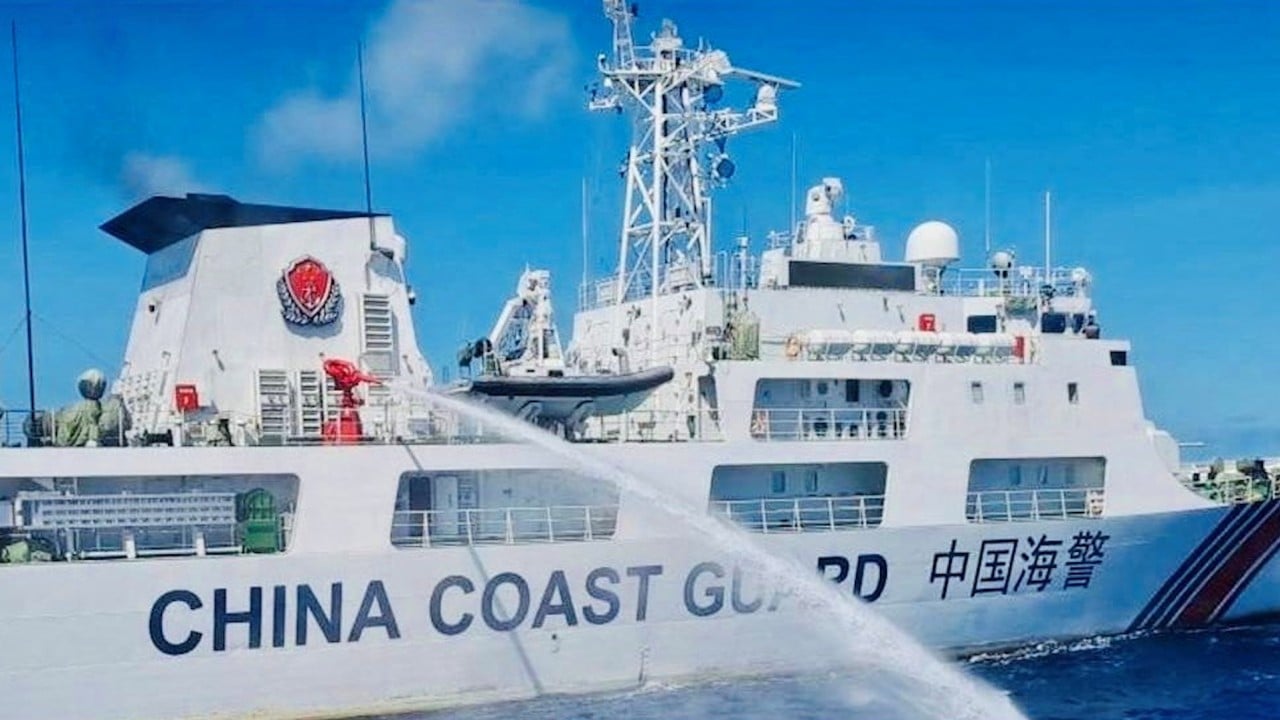
In Asean, only Philippines embraces US’ Indo-Pacific strategy that is ‘trigger’ for South China Sea tensions
- The policy has raised ‘activity and presence’ of military exercises from the US, India, Germany and even Russia, in the South and East China seas
- This stirs up a ‘South China Sea conflict vortex’, in which China exhibits assertiveness, buoyed by the US viewing Beijing as its ‘strategic competitor’
“The Indo-Pacific concept [by the US] is a trigger for South China Sea tensions,” Dr Supartono, director of Hang Tuah University in Surabaya, Indonesia, told the Maritime Security Conference in Metro Manila, held on November 22 by Singapore’s Asia Collective and the Manila-based International Development and Security Cooperation founded by security analyst Chester Cabalza.
South China Sea skirmishes loom over Asean defence ministers’ meeting

Supartono pointed out that other Asean non-claimant states such as Laos, Cambodia and Myanmar were all “dependent on China and [therefore] have no interest in the issue”.
Hazmi emphasised at the conference that Malaysia “does not acknowledge the nine-dash line” and “we do not see China as our immediate neighbour”.
“But other than that, we are very good [friends] with China … just like [with] the United States. We are friendly with everyone except North Korea.”
What’s China’s ‘nine-dash line’ and why has it created so much tension in the South China Sea?
As for Vietnam, RAND Corporation’s senior defence analyst Derek Grossman noted that the country “has been coy” in voicing its support for the Indo-Pacific strategy, “but it is clear in Hanoi’s actions that it sees benefits to strengthening ties with Washington”.
The highlight of the conference was the lively exchange between Grossman and Dr Yan Yan, director of the Research Centre for Oceans Law in Xiamen University, and policy director of the National Institute for South China Sea Studies in Hainan.
Yan began by saying, “if you look at maritime cooperation, China and the US did cooperate very well in the past”. She gave as examples the cooperation between the two nation’s coastguards in combating illegal and unregulated fishing in the North Pacific in 1994, as well as the rules of conduct both parties agreed on during a close encounter of their ships and aeroplanes.

“And I can’t see frankly anything coming out of the Biden-Xi summit that gave me hope that that particular issue could be addressed.”
He argued: “Let’s not also kid ourselves. There has been a direct phone line from the Pentagon to the Chinese Ministry of Defence for many years now … The infrastructure is there. But the problem is, when there’s an incident, and the US tries to call to sort it out, nobody picks up the phone.”
Grossman added: “China is still using fishing militia to set [up] a de facto operating presence throughout the disputed region. That is something China still says doesn’t exist. There is no fishing militia. But we have said on many occasions, notably in our latest China Military Report to Congress – it came out in October – that it is a part of the PLA (People’s Liberation Army).”
He described the militia as fishermen first and foremost who are given surveillance equipment and sometimes activated to conduct activities “to support the coastguard and Navy”.

Yan, however, pointed out that Vietnamese fishermen had been involved, too, in incidents with Malaysia and Indonesia. “It’s just that people don’t care about what other countries are doing like China, so Chinese activities in the South China Sea have been enlarged so much.”
She said when Chinese coastguards used water cannons they were still not targeting Philippine ships but directing the spray 10 metres away.
Yan also criticised US commitment to the Philippines under the Mutual Defence Treaty. She recalled that Articles 24 and 25 of the treaty only applied to mainland Philippines, “but it does not say specifically whether … Second Thomas Shoal [where the Philippine navy had beached a vessel to serve as an outpost] is within the scope of the MDT”.
“The US so far has not given any specific promise to the Philippines,” Yan said. “My question actually is whether the US wants China to trigger the MDT.
“Do you really want to go to war with China for helping the Philippines in Second Thomas Shoal or the Scarborough Shoal?” Yan challenged Grossman, who said it was “outrageous” to think the US was intentionally trying to trigger the MDT, “as if we don’t have enough going on in the world”.
“We’re supporting Ukraine resistance on Russia, we’re supporting Israel in their military campaign against Hamas, and possibly against Hezbollah. We have a lot of other things going on that I don’t think we want to add fighting over Second Thomas Shoal as one of them,” he added.
“But I do think, Dr Yan, you are right that the Mutual Defense Treaty is pretty clear about mainland Philippines … maintaining the territorial integrity and sovereignty of mainland Philippines. US policy has never taken a decision on the disputed territorial features within the region.”
However, he recalled, in 2020 then-secretary of state Mike Pompeo said the US recognised EEZs “which was roundly applauded by everybody in the region except China”.
Indonesia’s South China Sea remarks show a ‘level up’ of support for claimants
Grossman was referring to America’s top diplomat saying China “cannot lawfully assert a maritime claim – including any exclusive economic zone (EEZ) claims derived from Scarborough Reef and the Spratly Islands – vis-à-vis the Philippines in areas that the Tribunal found to be in the Philippines’ EEZ or on its continental shelf”.
According to a CNN report, Pompeo had also rejected China’s claims to Mischief Reef and Second Thomas Shoal – “both of which fall fully under the Philippines’ sovereign rights and jurisdiction”. China also “has no lawful territorial or maritime claim to (or derived from) James Shoal, an entirely submerged feature only 50 nautical miles from Malaysia and some 1,000 nautical miles from China’s coast” and the US “rejects any PRC maritime claim in the waters surrounding Vanguard Bank (off Vietnam), Luconia Shoals (off Malaysia), waters in Brunei’s EEZ, and Natuna Besar (off Indonesia).”
Dr Yan sounded a reminder to conference participants: “One thing we need to remember is that we will be neighbours for the next thousands of years. So most urgently for us to do now is to establish a crisis management and incident prevention regime or mechanism bilaterally or multilaterally.
“I don’t want to see any armed conflict in the region. So now let’s guarantee peace and stability in the region.”


